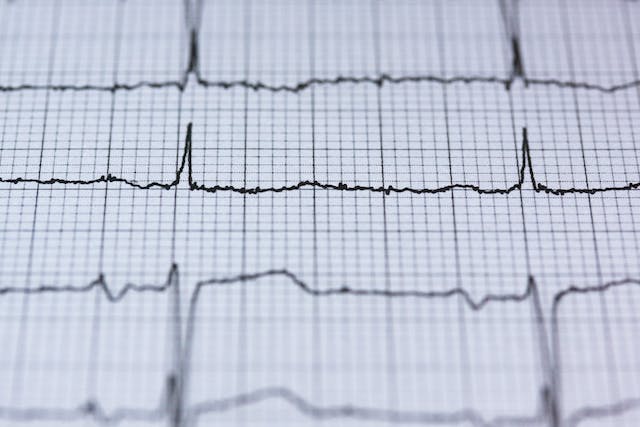In recent years, there has been a troubling surge in heart attack cases, and this has left the nation anxious and astonished. The alarming rise in heart attacks is no longer confined to a particular age group or lifestyle; it is affecting individuals ranging from celebrities to fitness enthusiasts and even young adults and children.
A particularly tragic incident during the Navratri season serves as a stark reminder of the gravity of the situation, with ten individuals losing their lives to heart attacks while participating in the joyful celebration of Garba.
Understanding Heart Attack and Cardiac Arrest: Causes and Differences
Often, when a person suddenly collapses while clenching their chest and dies, it is perceived as a heart attack, but what many people do not know is that it could also be a cardiac arrest.
A heart attack is when the blood flow to the heart is blocked, and a cardiac arrest is when the heart malfunctions and suddenly collapses. A heart attack is a circulation problem, and a cardiac arrest is an electrical problem.

Heart Attack: The Circulatory Conundrum
A heart attack transpires when blood flow to a part of the heart muscle gets blocked. This is due to a plaque buildup in the coronary arteries, which leads to a clot that interrupts the heart’s blood supply. You can think of it as a “plumbing problem” in the heart’s system.
When a part of the heart muscle doesn’t receive oxygen-rich blood, it begins to die. Certain risk factors lead to heart attacks, such as age, genetics, weight, habits such as smoking and lack of exercise, and health conditions such as high blood pressure and high cholesterol.
Cardiac Arrest: The Electrical Emergency
Cardiac arrest happens when there’s a malfunction in the electrical system of the heart, which causes it to suddenly stop beating effectively. This can happen due to various reasons, including irregular heart rhythms like ventricular fibrillation.
When your heart goes into cardiac arrest, blood flow to your brain and important organs is compromised, and if not treated immediately, it can be deadly within minutes. Though cardiac arrest happens in a fragment of a second, it includes certain risk factors such as past heart attacks, coronary artery disease that narrows the arteries, heart rhythm disorders, and drug use.
Also read: Healthy Weight Chart for Seniors Female
The Crucial difference
The main difference between a heart attack and a cardiac arrest lies in their causes and effects on the heart. A heart attack is a circulation problem where the blood supply to the heart muscle is blocked but the heart continues to beat. Whereas, cardiac arrest is an electrical problem that causes the heart to stop beating, and it requires immediate life-saving measures like CPR and defibrillation. Understanding the difference between the two is crucial because it can mean the difference between life and death in critical situations.
Importance of Early Recognition and Intervention
Even though there’s a striking similarity between the two heart conditions, the signs vary. Recognising the symptoms and taking quick action can help us save a life. In the case of a heart attack, symptoms such as chest pain, shortness of breath, fatigue, and lightheadedness are quite common, but most people either ignore them or assume these symptoms to be something else.
In case you feel any of these symptoms, it is important that you take your ECG to detect a heart attack on time. Now you can easily detect these heart attack symptoms from the comfort of your home with Spandan ECG device. It is a portable 12-lead ECG machine that helps you detect heart attacks early, resulting in a timely diagnosis.
Cardiac arrest does not exhibit any noticeable symptoms. When a person suffers from cardiac arrest, they suddenly collapse and stop breathing. In cases of cardiac arrest, you should immediately give them CPR. CPR helps to manually pump blood and supply oxygen to the vital organs.
Prioritizing Heart Health
In conclusion, the escalating number of heart attack cases demands our attention and a deeper understanding of the differences between heart attacks and cardiac arrests. The crucial distinction between cardiac arrest and heart attack lies in their origins and impacts on the heart. Recognizing the symptoms and understanding the urgency of early detection and intervention can be life-saving.
As we navigate the complexities of cardiovascular health, staying informed and proactive can be the key to saving lives. Whether it’s recognizing the warning signs or having the right tools at our disposal, prioritizing heart health is a shared responsibility that can make a significant difference in the face of these critical situations.
Disclaimer:
The information provided on this healthcare blog is for general informational purposes only and is not intended as a substitute for professional medical advice, diagnosis, or treatment. Always seek the advice of your physician or other qualified health provider with any questions you may have regarding a medical condition. The content is not intended to be a substitute for professional medical advice, diagnosis, or treatment.


